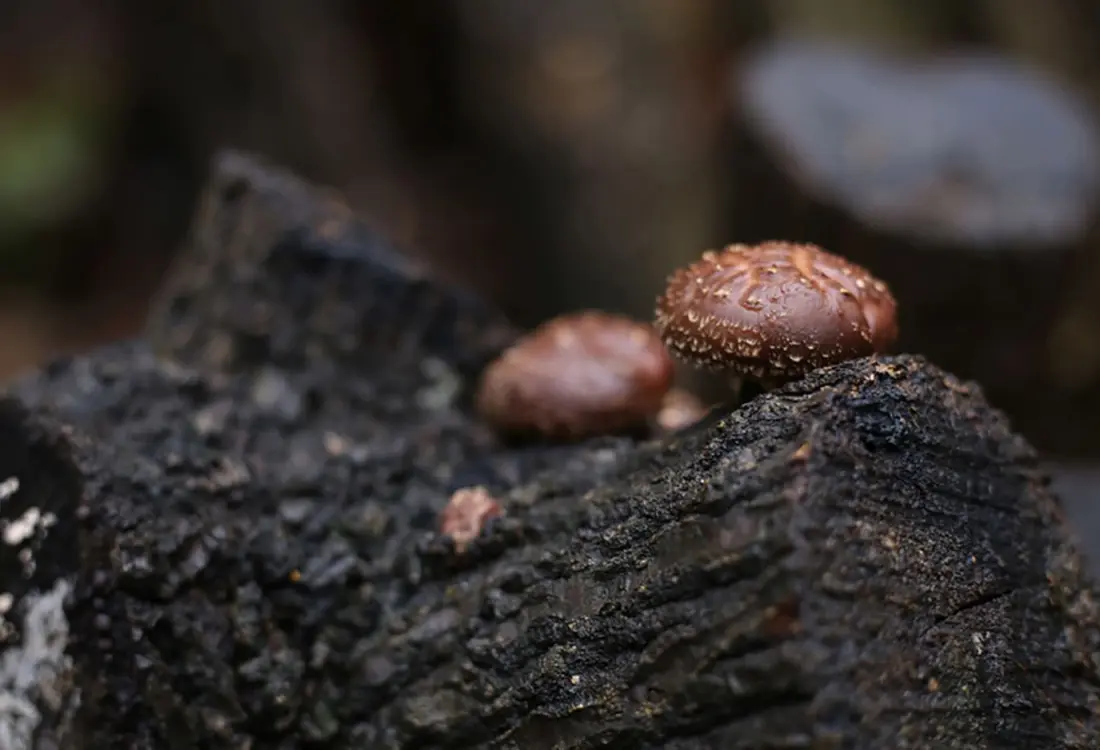
Oita's agricultural heritage
a storied history of shiitake mushrooms
In 2013, the Usa region of northeast Oita Prefecture’s Kunisaki Peninsula was certified as a Globally Important Agricultural Heritage System. The world recognized the steadfast efforts of the local residents, who have continued to protect the traditional agricultural, forestry, and fishing industries in the face of a climate where low precipitation makes it difficult to secure water. Log shiitake are “blessings of the forest,” brought forth through a coordinated rotation system of about 1200 reservoir ponds with Japan’s largest concentration of sawtooth oak forest. I visited this cultivation site, where the energies of life are intimately connected.
Nestled into the base of the Kunisaki Peninsula, Tashibunoshou, Osaki District. The rustling leaves engage in whispered conversation as the wind blows through the Japanese cedar forest, and my body is enveloped in cool, moist air. At my feet, rows of logs cut to a length of about 1 m are lined up. Sometimes sunbeams pierce through the canopy to illuminate them. “Look, right here.” I look in the direction Mr. Tadaomi Kono, a shiitake farmer who is my guide at the cultivation site, is pointing and there I see a small mushroom breaking through the thick, rugged bark to poke out its head! When I brought my head closer, I caught the faint fragrance of shiitake.


Beginning shiitake cultivation in 1957, Mr. Kono is a grand veteran with over 50 years on this path. “Beginning with raising the oaks, it takes a minimum of 15 years to grow one shiitake.” For 13 years, saplings grow out of the stumps of sawtooth oaks, and are protected from hungry deer until they reach a diameter of 30 cm, when they can be lumbered. Holes are drilled into the logs, spawn plugs containing the shiitake spawn are driven into the holes, and they are left to rest there for two years until the spawn have diffused through the logs. That autumn the logs are moved to a cultivation site (known as a hodaba) such as a cedar forest, and in the spring the shiitakes finally emerge. It is said that shiitake cultivation began in Oita Prefecture in the mid 1600s, predicated by the discovery of a man who had been engaged in charcoal firing in Saiki City who found that shiitake were naturally occurring in the lumber he had gathered for charcoal. From then, cultivation using the “nata-me-shiki cultivation method,” where notches are cut into logs with a nata (a wide-bladed knife similar to a machete) and shiitake spawn is then stuck into the notches, continued for about 250 years until 1942, when a Kyoto University student invented a “pure culture wood spawning method” to inoculate wood with shiitake spawn cultures. Through the swift introduction of this method, production volumes drastically increased overnight, and Oita Prefecture became one of the biggest areas for log cultivation.


“There isn’t much rain around here, and rain water drains right through the volcanic soil in this area, so in the old days water shortages seems to have been a perennial cause of annoyance. Our forefathers made reservoir ponds and ran waterways through, so now we can secure the water we need for agriculture,” said Mr. Kono. About 1200 small scale reservoirs were made in the Kunisaki Peninsula, and they’re not only used for irrigation water, but also serve various other purposes, such as refilling and purifying groundwater, and maintaining biodiversity. In addition, the fact that the sawtooth oak forests upstream of the irrigation ponds are reasonably managed for shiitake logging has led to the conservation of the ecosystem, providing habitats for endangered species such as the Oita salamander, and giving rise to a virtuous cycle of biological resources. Efforts to hand down the wisdom of these forefathers and protect the environment have been highly appreciated, and in 2013 the Usa Region’s “Kunisaki Peninsula Usa Integrated Forestry, Agriculture and Fisheries System, Linked by Sawtooth Oak Forests and Irrigation Ponds” was certified as a Globally Important Agricultural Heritage System.

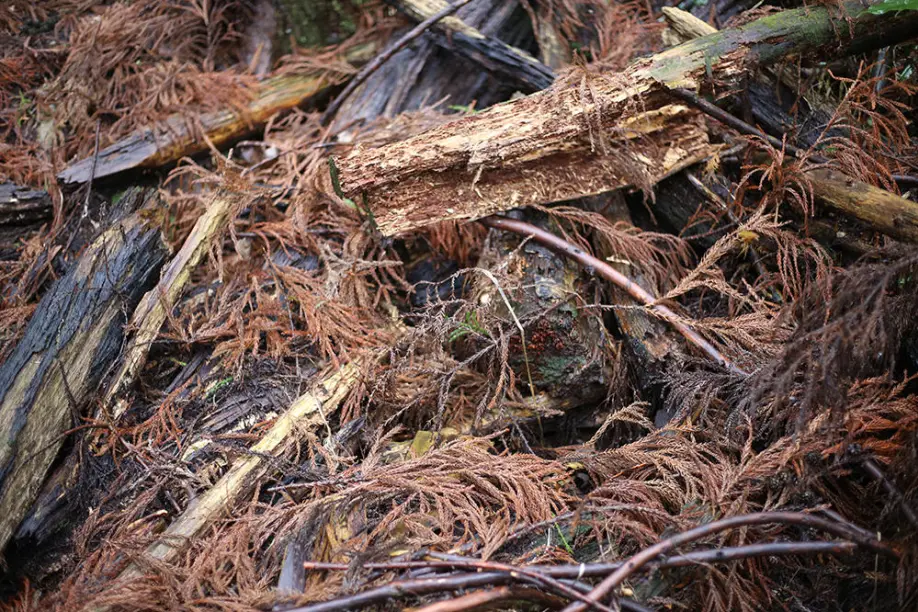





Stay at a traditional private home in a mountain village, free from the hustle and bustle of the city, and experience self-sufficient living, harvesting shiitake and searching for wild vegetables. One of the pleasures to be enjoyed is Yoko-san’s cooking with home-grown shiitake, vegetables, and farm-raised fowl. On clear nights you can see a sky filled with stars.
3900 Tashibuosaki, Bungotakada City, Oita Prefecture
TEL: 0978-26-2428
Accommodation fee: 7800 yen (1 night includes 2 meals for up to 5 people. Reservations required 1 week in advance)
FarmStay Inquires
TEL: 0978-25-5805 (Bungo Takada Green Tourism)
 The delicious secrets of Kagoshima's free-range Kurobuta pork
The delicious secrets of Kagoshima's free-range Kurobuta pork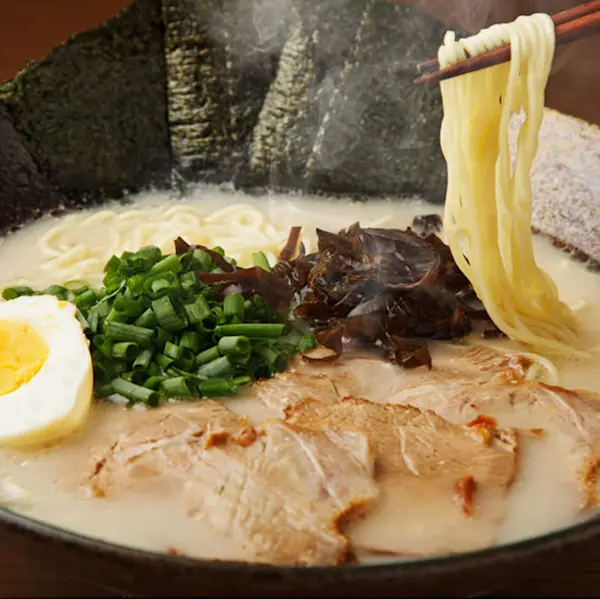 Everything You Need to Know About Fukuoka’s Famed Tonkotsu Ramen
Everything You Need to Know About Fukuoka’s Famed Tonkotsu Ramen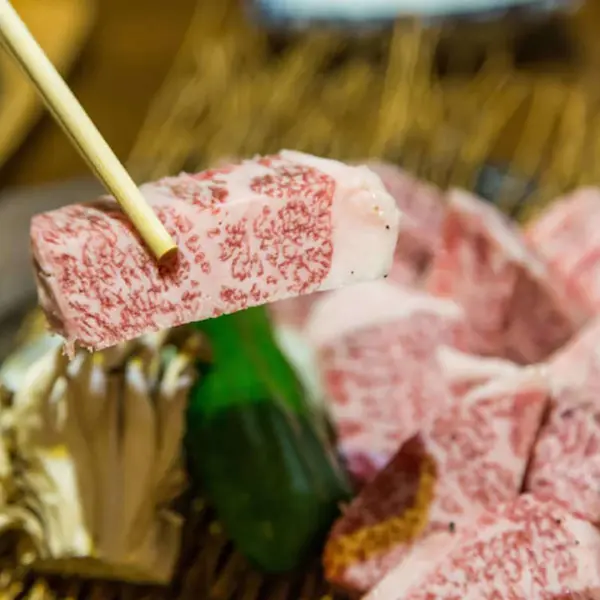 Saga Beef: Wagyu To Remember
Saga Beef: Wagyu To Remember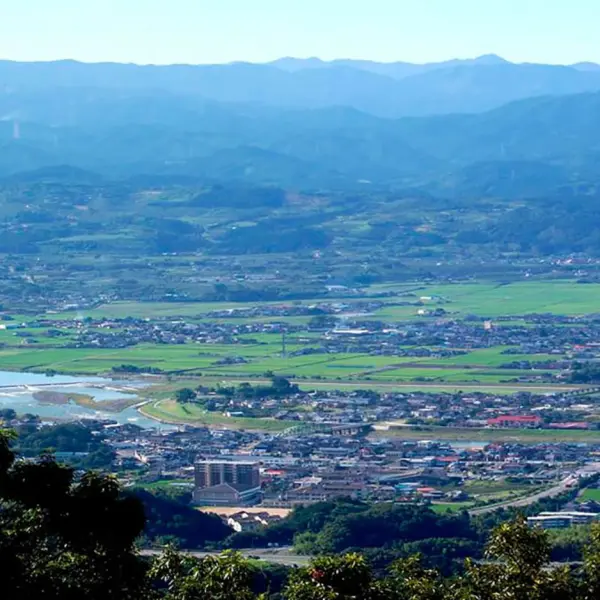 Discover Fukuoka's fruit kingdom
Discover Fukuoka's fruit kingdom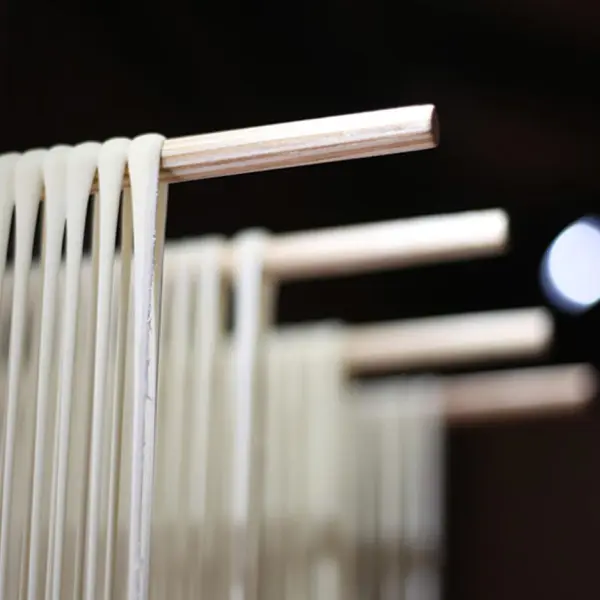 Goto udon: a delicious legacy of Nagasaki's ancient trade routes
Goto udon: a delicious legacy of Nagasaki's ancient trade routes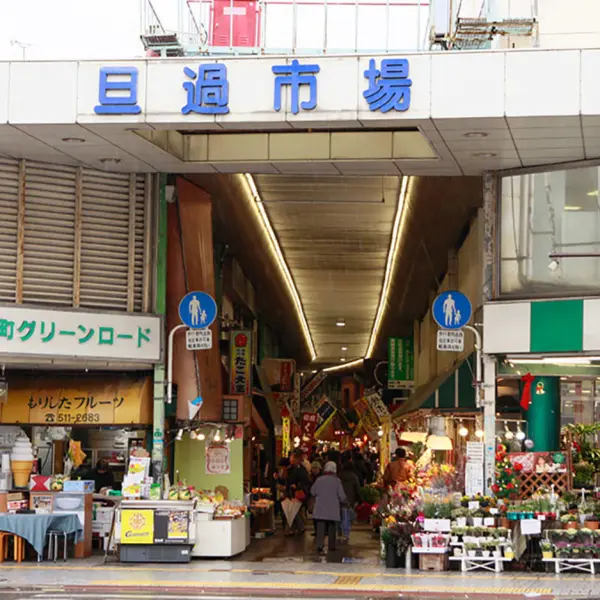 Feast your senses at Fukuoka's bustling fresh food market
Feast your senses at Fukuoka's bustling fresh food market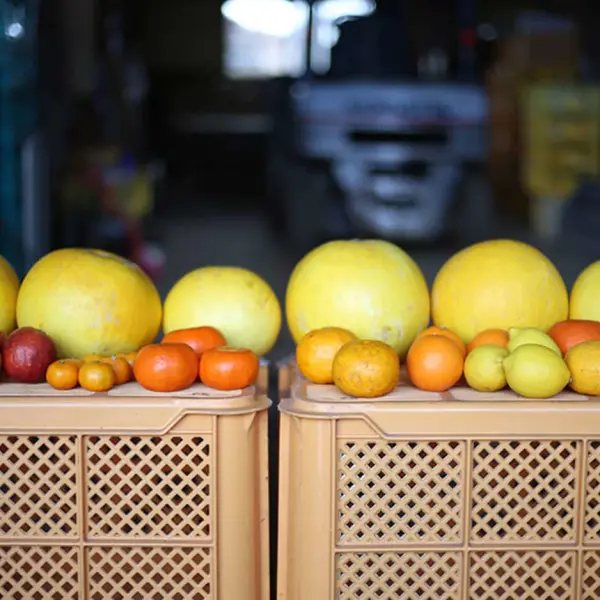 Cultivating the world's largest citrus fruit in Kumamoto
Cultivating the world's largest citrus fruit in Kumamoto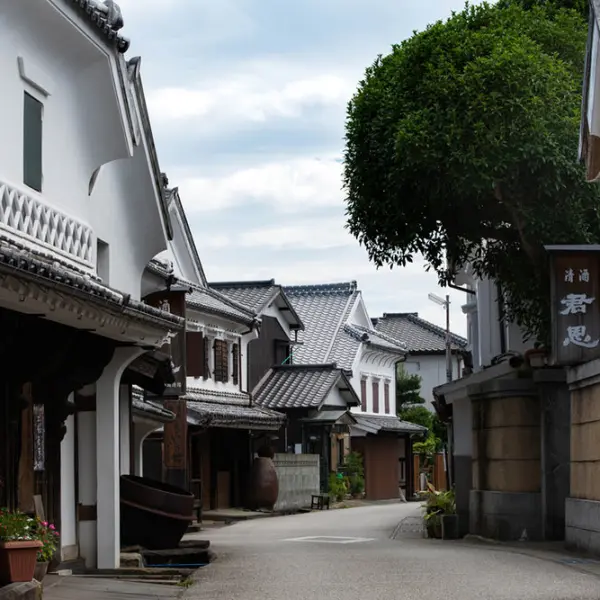 Hizen Hamashuku: Historic breweries that house the world’s best sake
Hizen Hamashuku: Historic breweries that house the world’s best sake In the shadow of a volcano: the world's largest daikon radishes
In the shadow of a volcano: the world's largest daikon radishes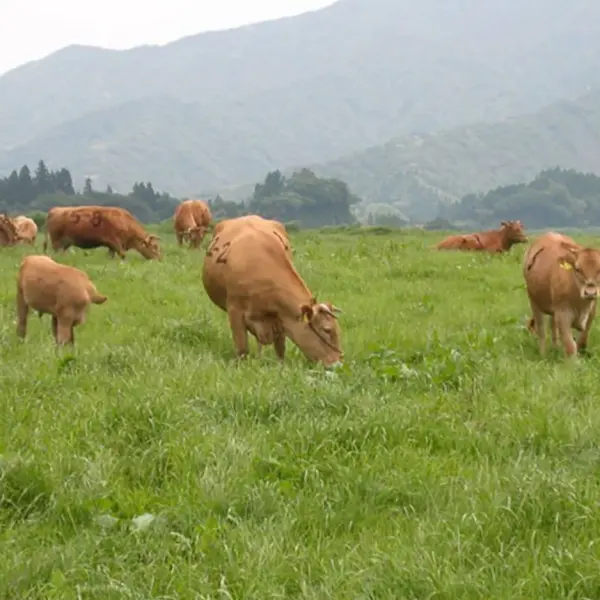 Raising Kumamoto's famed Japanese Brown Cattle
Raising Kumamoto's famed Japanese Brown Cattle




